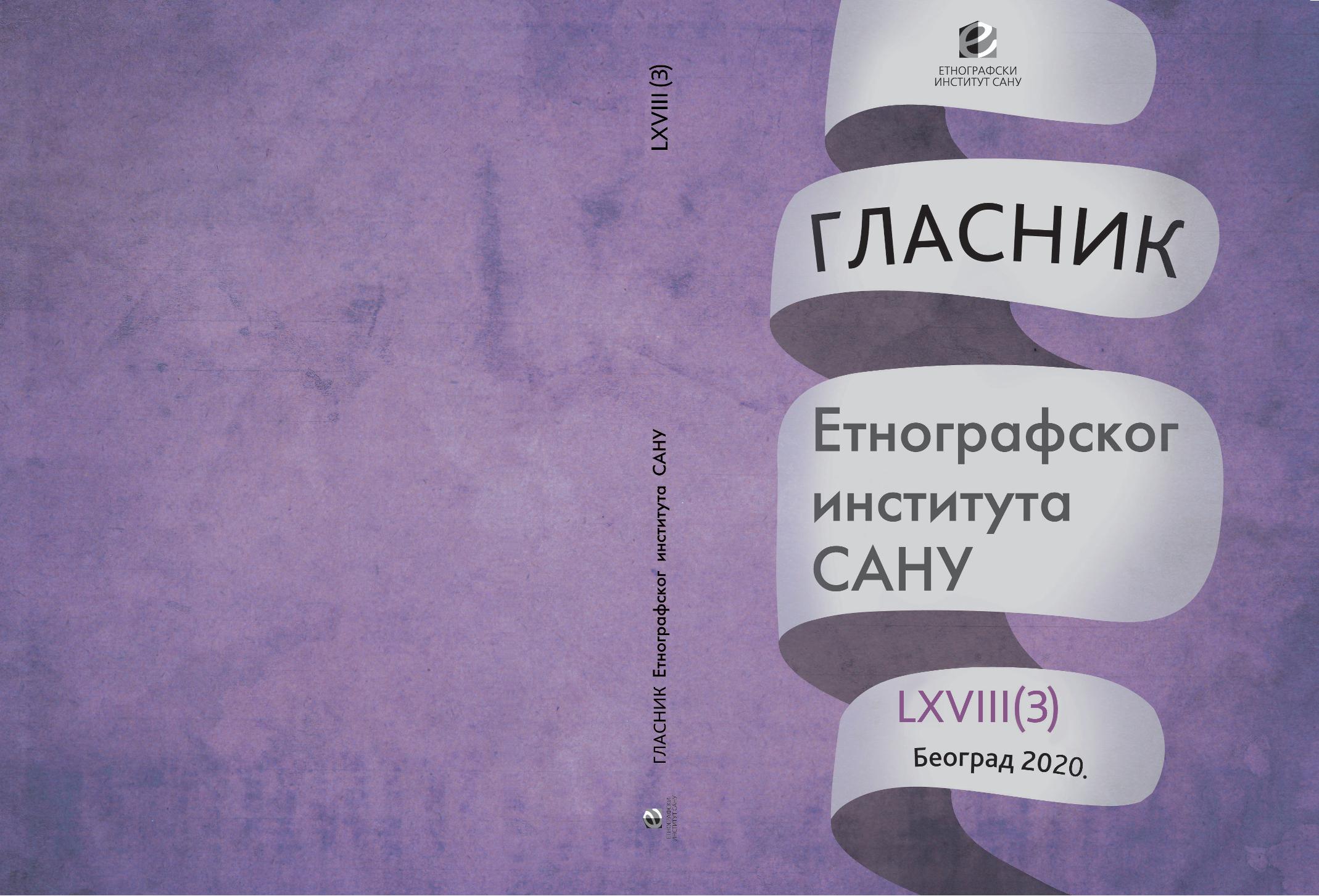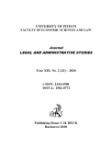
POVODI OBJAVE KUR'ANA (RAZUMIJEVANJE I MOGUĆNOSTI KORIŠTENJA U ODGOJNO-OBRAZOVNE SVRHE)
The question of the reason for the revelation of the Qur’an (ashab nuzul al-Qur’an) falls into exceptionally important questions in the science of tafseer, considering that the understanding of the reason for the revelation is an important condition for the proper understanding of the Qur’an. Moreover, there are Qur’anic texts which cannot be understood unless one understands the reason for their revelation. The only valid way of acquainting oneself with the reason for the revelation is a reliable tradition from those who were present and witnessed the situation in which a certain Qur’anic verse was revealed. Therefore, we fathom the reasons for revelations of Qur’anic verses not by rational means, but exclusively by means of tradition (al-riwaya). The reasons for revelation which are treated in tafseer literature include the following: 1) an occurrence of an event, following which a certain verse is revealed, 2) a question posed to the Prophet s.a.w.s. on a certain subject to which he provides an answer based on the revelation of a Qur’anic verse. In the understanding of the message of the Qur’an, priority is given to the universality of the text and not to the particulars of the reason behind revelation (al-‘ibra bi ‘umum al-lafz la bi kusus al-sabab). Most of the Islamic scholars (al-gumhur) take such a view, for one universal Qur’anic text, revealed for a specific reason, contains the individual reason and the reference to other similar texts. In giving priority to the particularity of the reason for revelation over the universality of the text, it is necessary to possess the arguments based on which it can be clearly seen that the text in question refers only to the reason for revelation. As long as there are no such arguments, one is to learn from the universality of the text and not from the particularity of the reason. This work emphasises the fact that the understanding of the reason can be used for educational purposes, primarily to motivate the students and to stimulate their interest and attention during religious instruction.
More...














